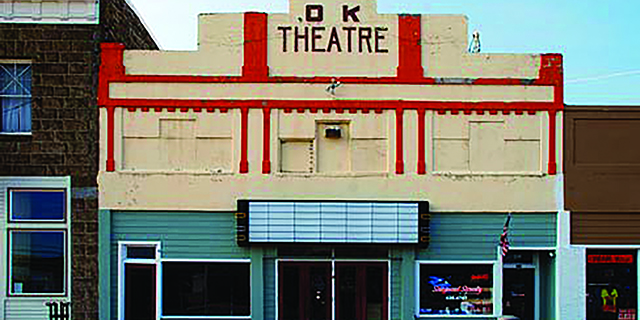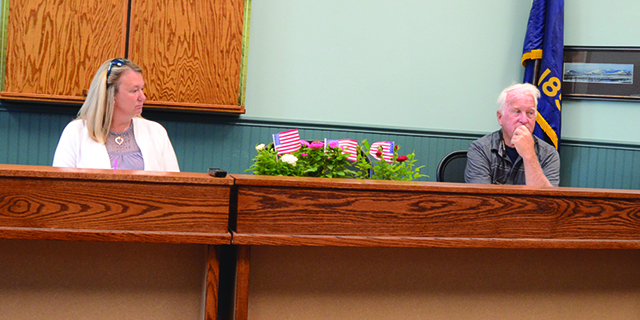Editorial: State’s health-care stats are sickening
Published 4:00 pm Wednesday, January 9, 2008
No matter what you may think of documentary filmmaker Michael Moore, you’ve got to admit: His most recent film, “Sicko,” hits America’s health-care fiasco right on its fevered noggin.
Moore’s primary – and most unsettling – point is that while the nation’s uninsured are indeed up Manure Creek without a paddle, those who have health coverage are suffering a pretty severe oar shortage, too.
According to a report released last week by the consumer health organization Families USA, the vast majority (85 percent) of Oregon families facing high health-care costs have insurance. What most of them are likely in the process of discovering is that rising health-care costs are devouring an ever-growing portion of their income.
In Oregon alone, 852,000 people under the age of 65 – 85 percent of whom are insured – are in families that will spend more than 10 percent of their pre-tax family income on health care costs in 2008, the report states. In addition, 258,000 Oregonians are in families that will spend more than 25 percent of their pre-tax income on health care costs in 2008.
The Families USA report shows that the burden of health care costs has simply become too great to bear for many insured families.
? In 2000, 538,000 non-elderly Oregonians were in families that spent more than 10 percent of their pre-tax income on health care costs.
? Between 2000 and 2008, the number of people in families spending more than 10 percent of their pre-tax income on health care costs will have increased by 313,000. This increase is greater than twice the population of Salem.
? 724,000 non-elderly Oregonians with insurance are in families that will spend more than 10 percent of their pre-tax income on health care costs in 2008.
? In 2000, 154,000 Oregonians were in families that spent more than 25 percent of their pre-tax income on health care costs.
? Between 2000 and 2008, the number of people in families spending more than 25 percent of their pre-tax income on health care costs will have increased by 104,000. This increase is a little greater than 2/3 the population of Salem.
? More than four out of five people (80.2 percent) in families spending more than 25 percent of their pre-tax income on health care costs are insured.
? 207,000 Oregonians with insurance are in families that will spend more than 25 percent of their pre-tax income on health care costs in 2008.
A number of factors have driven this health-care phenomenon, Families USA reports. First and foremost, health insurance premiums are increasing. As premiums rise, employers are forced to make tough decisions about the coverage they offer to their employees: some drop coverage, others increase the share of the premium that employees must pay, and more offer insurance that covers fewer services and/or requires high out-of-pockets costs. As a result, Oregon families must shoulder a greater portion of health care costs.
According to the report, these fast-rising health care costs are forcing increasing numbers of people to look for new ways to pay for care. Paying for health services via credit card, for example, is becoming increasingly common. Recent data shows that more than one in four people with insurance report having trouble paying their medical bills or say that they are in the process of paying off medical debt.
“If this troubling trend continues, the health care affordability crisis will get much worse,” said Ron Pollack, Executive Director of Families USA. “The high health care costs faced by families are a clear indication that insurance simply no longer offers the protection that America’s families need.”
It’s enough to make you sick.
But, heaven forbid, don’t die before you get the chance to vent your outrage at the polls later this year.









